2016 BMW 228i xDrive
Has BMW lost its edge? The response to that relies on upon what vehicle you're talking about. The organization's items, while still snappy and nimble, are gentler and more lenient than they've ever been. Keeping in mind this change may be stressing in case we're talking over a M3 or a M5, is it essentially an awful thing for more standard models?
That is our inquiry following a week in the driver's seat of the BMW 228i xDrive, a vehicle that succeeds the adored, driver-centered BMW 1 Series. In a few ways this new auto is a let-down, however in numerous different ranges the new 2 Series is out and out better.
The recent is especially genuine in case we're discussing the new sheet metal. While the 1 Series was an awesome wellspring of minimal, back drive diversion, it wasn't a lovely auto. The new 2 still isn't a shocker, yet it profits by BMW's most recent outline dialect. It looks more extensive and more strong than the squat 1 Series, albeit certain components, similar to the light opening and back taillights, seem as though they were culled right from the old auto. By and large, BMW has created a more premium tasteful for the outside of its entrance level car.
2016 BMW 228i xDrive - A feeble spot for the 1er, the 2 Series lodge wears a comparably upscale re-try. Like the last-gen auto, the highest point of the dash is home to an expert showcase for the iDrive framework (a fixed, non-route adaptation on our test auto), while the lower portion of the inside stack is committed to simple controls for the HVAC and sound. The dash design is like the 1 Series, yet the execution feels more upscale. The trim around the radio and atmosphere controls incorporates aluminum and gleam emphasizes.
The traveler side dash and focus console discard delicate touch plastic for genuine materials – our auto utilizes genuine brushed aluminum, albeit piano dark and wood are likewise accessible. Similarly as with all late BMWs, the blend of the programmed rigging lever, the handle and catches of the iDrive framework, and the flip switch for the Driving Dynamics Control framework mean there's a ton of disorder where the driver's correct hand falls.
What hasn't changed with the 2 Series is the superb relationship between the driver and the essential controls. Our test auto wears the Sport Line bundle, which manages without BMW's unsavory, as well expansive measurement M Sport controlling wheel. Rather, there's a thick-rimmed wheel with textured cowhide and red differentiation sewing. It feels more normal than the larger than usual M wheel, while this present auto's huge oar shifters have a strong, very much damped activity.
The game seats, standard with either our 228i's Sport Package or the M Sport trim and are cozy and strong, permitting you to stay upright while corner-cutting. The basins are likewise physically worked (beside the side supports), which is irregular in a $41,000 auto. Translating the seats' eight-way movements requires time, as well as an ability to toss your weight about in a strongly boorish manner to make certain changes, for example, seat tallness.
The 228i is fueled by the 2.0-liter, turbocharged four-barrel found in each other Bimmer that accompanies a "28i" moniker. Force yield is indistinguishable to the 2er's greater cousins, with 240 drive, however the 255 pound-feet of accessible torque is 5 less pound-feet than what's offered in the 5 Series and X3.
Getting to each of the 255 lb-ft is easy, with top turn accessible from 1,450 to 4,800 rpm. That is fine all alone, however with each of the 240 hp on tap somewhere around 5,000 and 6,500 rpm (only 500 rpm south of redline), the 228i dependably has a lot of snort. Actually, the xDrive-prepared 228i feels speedier than its maker assessed, 5.3-second sprint to 60 miles for every hour. Cut the throttle from a halt and two things happen: First, you're squeezed back in the game seats, and second, you delight at how well the all-wheel-drive framework puts the shut down. And all that fun accompanies a stout fumes take note of that may trap the clueless into intuition there's more than four cylinders slamming endlessly in the engine. Don't imagine it any other way, it is a trap: the 228i uses BMW's Active Sound Design innovation to re-make motor commotions through the auto's speakers.
Tapping the motor's potential is made less working so as to demand the Driving Dynamics Control framework. Following a week in the driver's seat, we suggest simply leaving things in Sport. It conveys a sharp throttle reaction that is more qualified to the 2.0-liter motor's yield than the default setting, which is a touch drowsy. The other upside to Sport mode is that it makes the ZF eight-speed transmission hold equips longer and shoot upshifts with more earnestness. Downshifts are snappier also, requiring less throttle data to squeeze the transmission to kick down. We likewise prescribe taking the PC out of the mathematical statement and working the wheel-mounted oars or the draw for-up, push-for-down apparatus lever. It doesn't accelerate apparatus changes, yet it is altogether all the more fulfilling.
2016 BMW 228i xDrive - The four-barrel, eight-speed auto mix in the 228i xDrive returns 23 miles for every gallon in the city and an amazing 35 mpg on the interstate. Our testing, spent to a great extent in Sport mode and working the oars, created numbers in the mid-20s, despite the fact that we don't believe it's illustrative of this present reality 2er's general proficiency. In case you're into fuel tasting, Eco Pro mode is an in number partner and your most logical option at hitting the grandiose EPA thruway figures.
In any case, now, dear perusers, we present to you some terrible news: The controlling is appalling. It appears just as BMW spent the last four or five years totally overlooking how to tune its guiding, and the 2 speaks to an amazing failure. The Servotronic electric force helped directing should "conform the measure of guiding help to suit the ebb and flow pace, improving driver solace by bringing down the exertion expected to turn the controlling wheel," as indicated by BMW. Rather, the turning activity is unclear, disengaged, and ailing in any genuine weight. The on-focus no man's land is generous, and going from lock to bolt it's difficult to tell that the front wheels are even associated with the controlling wheel. This is a little, back drive-one-sided roadster from "A definitive Driving Machine" organization. It ought to have sharp, educational controlling. Rather it just feels inert.
On paper, the suspension parts look encouraging. There are odds and ends of aluminum in the strut-sort front setup, and the back utilizations an autonomous, five-join geometry. It's not movable or versatile – you'll need the M Sport trim or $2,200 Track Package for those treats – however it works. The case tuning makes the 228i feel like a superior extravagance auto than its antecedent, however that comes to the detriment of the 1 Series' appeal and character.
By and large, the 228i xDrive feels less exact than the 1er. It's not messy, but rather it's not as tight as we anticipate from BMW. Rather, the taking care of is more casual, with a lot of fore, toward the back, and parallel body movements. In spite of an about impeccable weight circulation – 50.7/49.3 front/back – and 70 percent default back torque inclination, the 2er simply doesn't have the equalization of the 1. It's all the more separating as well, conveying less input to the driver than the old auto.
Yet the 2 arrangement is a more agreeable auto. It feels stable at velocity, smoothing out the ride quality over the crummy expressways of southeast Michigan. The damping doesn't totally splash up knocks and blemishes, and greater potholes are especially merciless, however for a minimal, lively roadster the 2 Series is shockingly made over the harsh stuff.
2016 BMW 228i xDrive - Costs for the all-wheel-drive 228i begin at $33,900, excluding a $950 destination charge. From that point, our Sparkling Brown Metallic two-entryway included $6,525 in additional items: $550 for that stunning paint, $1,450 for Oyster Dakota calfskin, $2,200 for the Sport Line trim, $955 for the Driver Assistance Package (back perspective camera and park separation control), $500 for warmed front seats, and $875 for a Harman/Kardon stereo. Downright as-tried cost: $41,375.
That is not without a couple of peculiarities, however. For instance, overhauled cowhide upholstery comes without force seats, which are a $995 standalone choice. Push-catch begin is additionally standard, yet in the event that you need to bolt and open the entryways without taking the keys out of your pocket, you need to shell out $4,050 for the Premium Package. It's baffling, particularly considering how normal both of these things are on significantly more reasonable vehicles – like a Ford Mustang EcoBoost.
Things being what they are, has BMW lost its edge? With the 2 Series, we trust so. Little contending this is a more agreeable, refined and, above all, bearable vehicle than the auto it replaces. However, the expense of these upgrades is steep. The 228i xDrive isn't just less charming; it's less intriguing. What's more, hence alone, unless you require all-wheel drive on your little roadster, there are better-prepared, all the more exciting vehicles that offer the appeal and identity that the old 1 Series possessed a gr

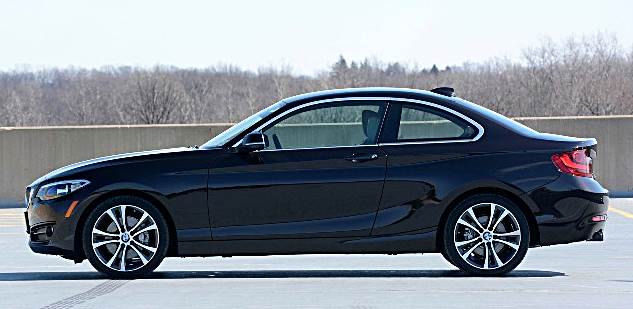
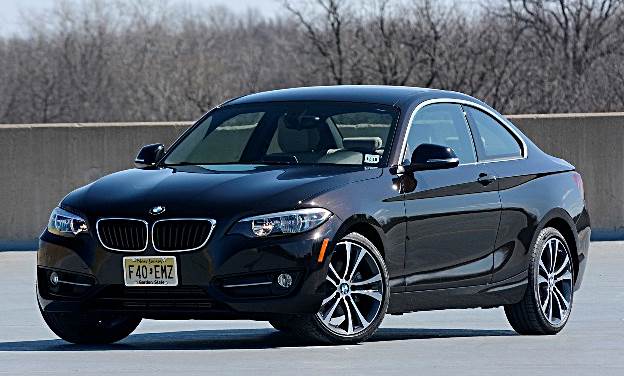
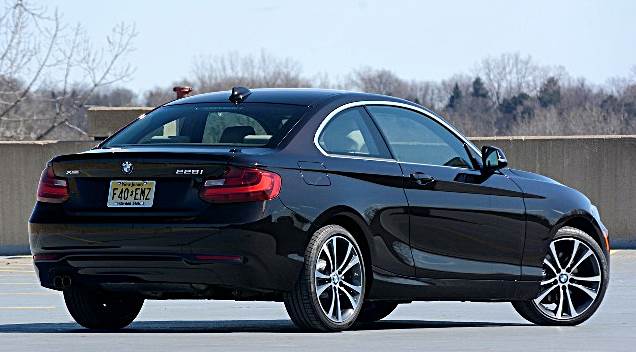

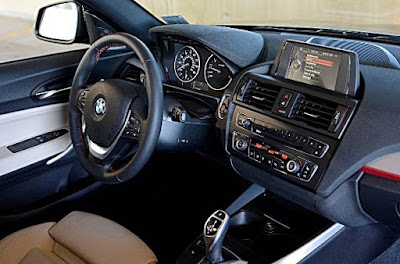
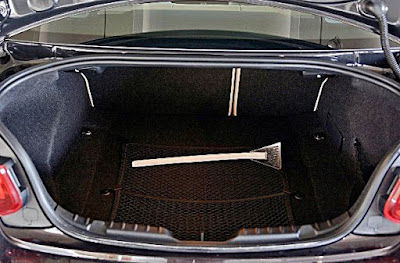
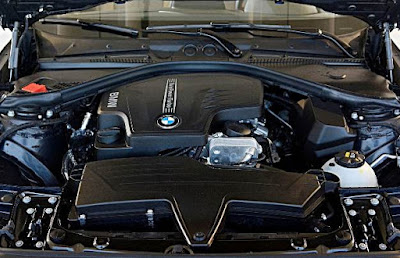





0 Comments:
Post a Comment